Fragrance oils are crafted from diverse natural and synthetic materials sourced globally. From the floral fields of Europe to the exotic botanicals of Asia, each region contributes unique ingredients that shape the world of fragrance oils. Here's an exploration of the locations and signature scents that define the industry.
Europe: The Heart of Perfumery
- France (Grasse): Renowned for jasmine, rose, and lavender, Grasse is the "Perfume Capital of the World," home to iconic fragrance houses.
- Italy: Famous for citrus oils like bergamot, lemon, and orange, as well as orris root derived from iris flowers.
- Bulgaria: A leading producer of rose oil, especially from the Valley of Roses, prized for its luxurious and complex aroma.
- Spain: Known for orange blossom (neroli) and cistus (labdanum) used in warm, resinous blends.
Asia: Exotic and Diverse Aromas
- India: Renowned for sandalwood, jasmine, and vetiver, as well as traditional attars made from rose and kewra (screwpine flower).
- China: Supplies osmanthus, star anise, and magnolia oils, often used in oriental fragrance blends.
- Indonesia: The largest producer of patchouli, clove, and nutmeg oils, used in earthy and spicy scents.
- Thailand: Known for tropical and herbal fragrances like lemongrass and kaffir lime leaves.
The Middle East: Rich, Luxurious Scents
- Oman: A primary source of frankincense, used in both sacred and luxurious fragrances.
- Saudi Arabia: Renowned for oud (agarwood), one of the most expensive and luxurious fragrance ingredients in the world.
- Turkey: Produces rose oil, particularly from the Isparta region, known for its delicate and sweet floral notes.
Africa: Unique and Earthy Fragrances
- Morocco: Supplies neroli (orange blossom) and cedarwood from the Atlas Mountains, popular in fresh and woody scents.
- Madagascar: Known for high-quality vanilla, ylang-ylang, and cloves used in gourmand and exotic fragrances.
- Egypt: A historic center for lotus, papyrus, and geranium oils, integral to ancient and modern perfumery.
- Somalia: A major supplier of myrrh and frankincense, often used in incense and high-end fragrances.
The Americas: Fresh and Vibrant Aromas
- United States: Produces lavender (California), peppermint, and spearmint oils, and is a leader in synthetic fragrance innovations.
- Brazil: Supplies tonka bean, lime, and copaiba oil, valued for their fresh and exotic profiles.
- Mexico: Known for vanilla and cacao, both integral to warm and gourmand fragrances.
- Caribbean Islands: Provide tropical notes like coconut, pineapple, and exotic fruits for fresh and summery blends.
Australia and Oceania: Herbal and Unique Notes
- Australia: Renowned for eucalyptus, tea tree, and sandalwood oils, valued for their fresh and earthy aromas.
- Tahiti (French Polynesia): Famous for tiare flowers, used in exotic and floral fragrance blends.
- New Zealand: Offers manuka oil, known for its woody and medicinal properties.
Key Ingredients by Region
| Region | Key Fragrance Ingredients |
|---|---|
| Europe | Lavender, bergamot, rose, orange blossom, orris root |
| Asia | Sandalwood, jasmine, patchouli, vetiver, osmanthus |
| Middle East | Oud, frankincense, rose, myrrh |
| Africa | Neroli, cedarwood, vanilla, ylang-ylang |
| Americas | Vanilla, tonka bean, peppermint, cacao, coconut |
| Oceania | Eucalyptus, tea tree, tiare flowers, manuka |
Discover the Origins and Artistry of Fragrance Oils
The world of fragrance oils is as diverse as the regions that contribute to it. From the opulent oud of the Middle East to the fresh citrus of Italy, every corner of the globe adds its unique essence to the fragrances we cherish. Understanding these origins allows us to appreciate the artistry and history behind every bottle of fragrance oil.




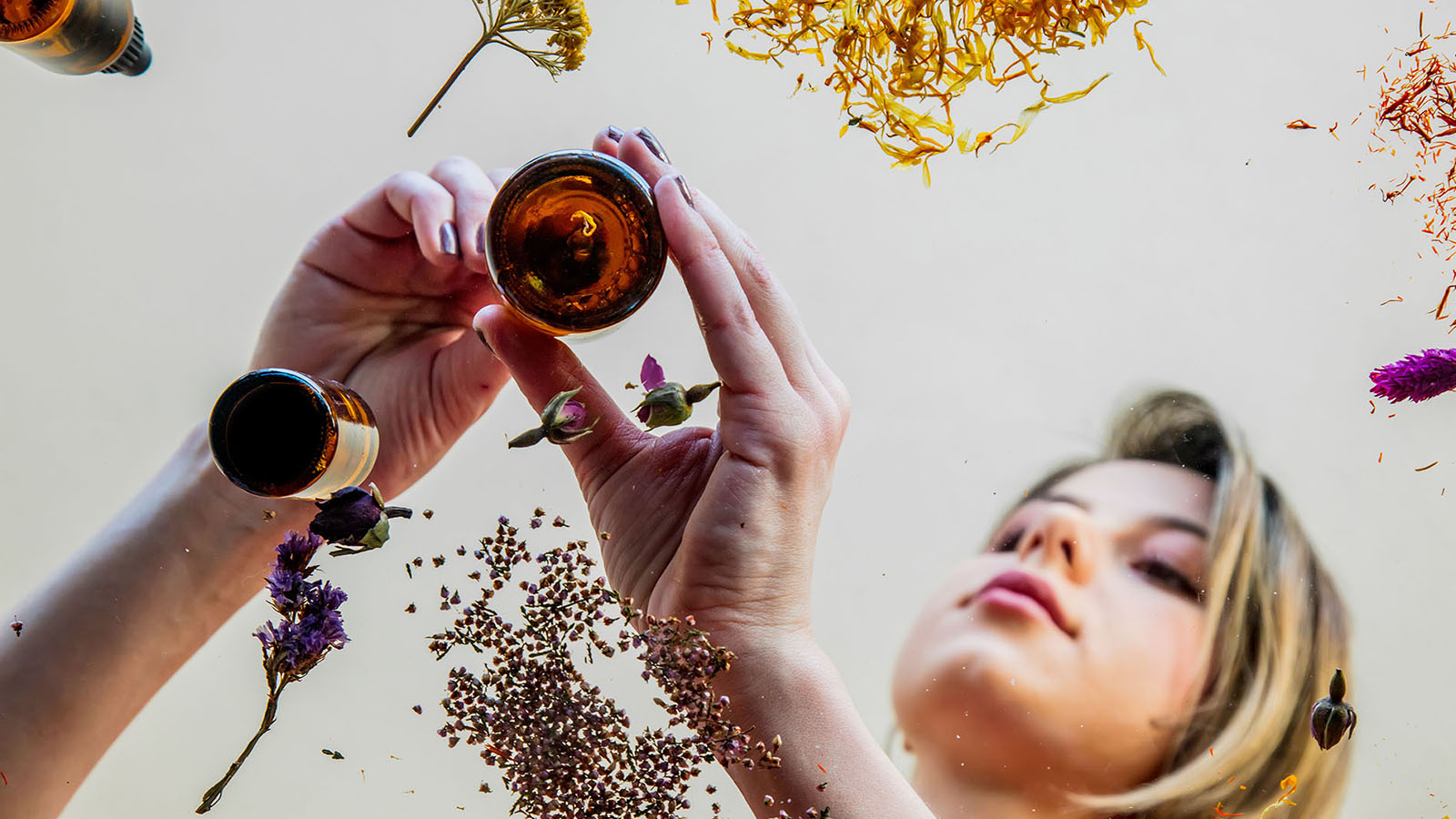
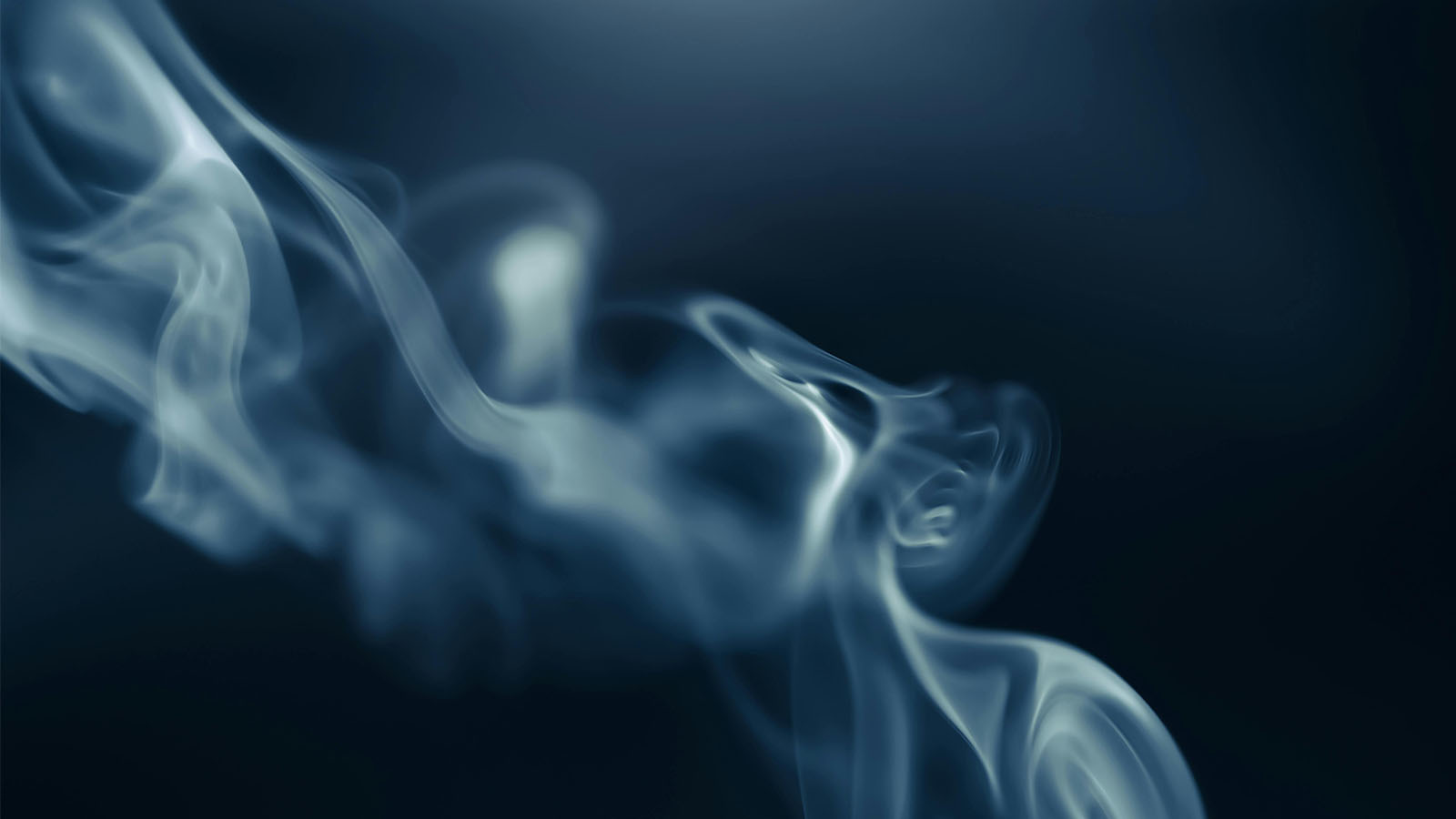

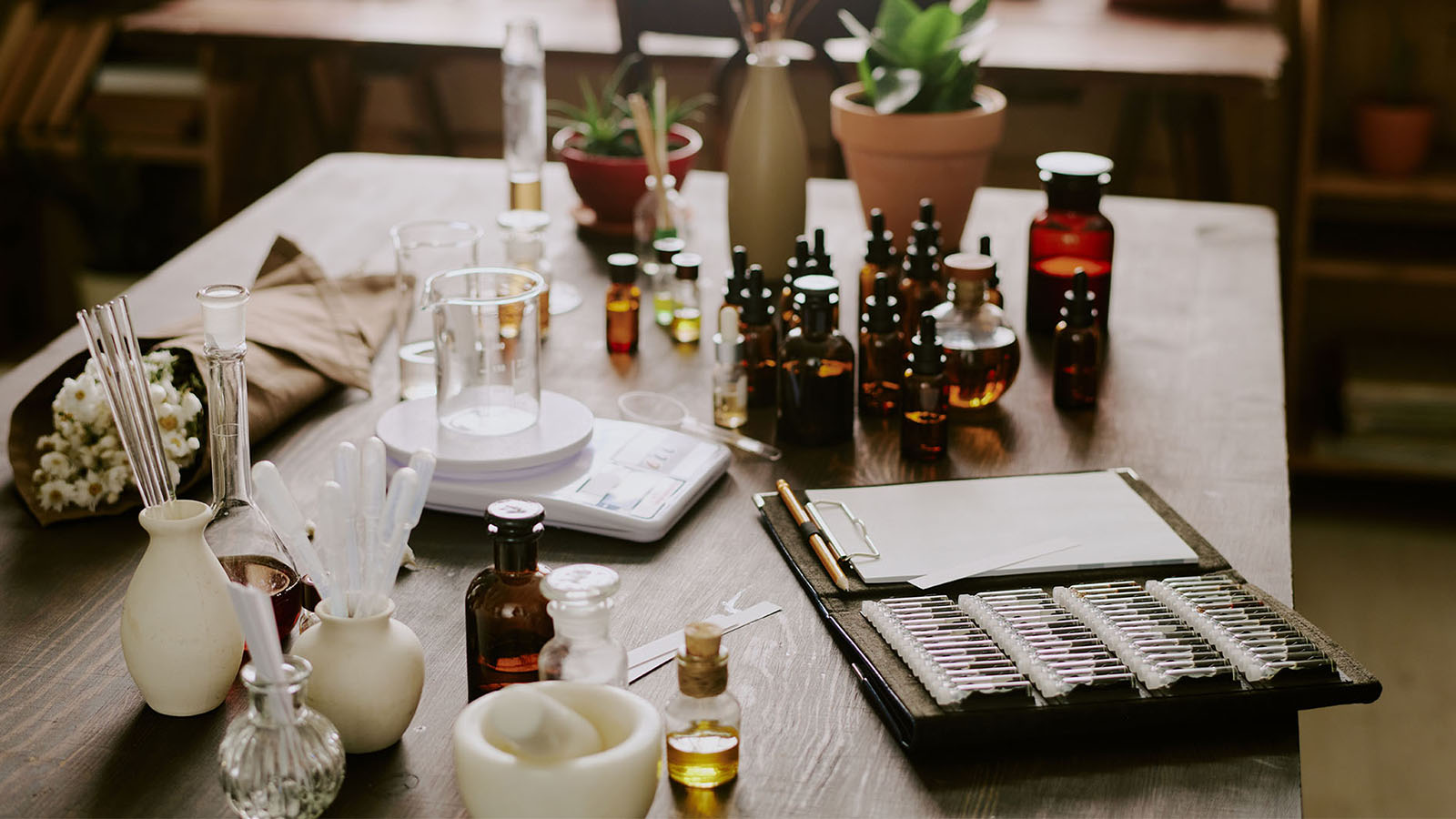

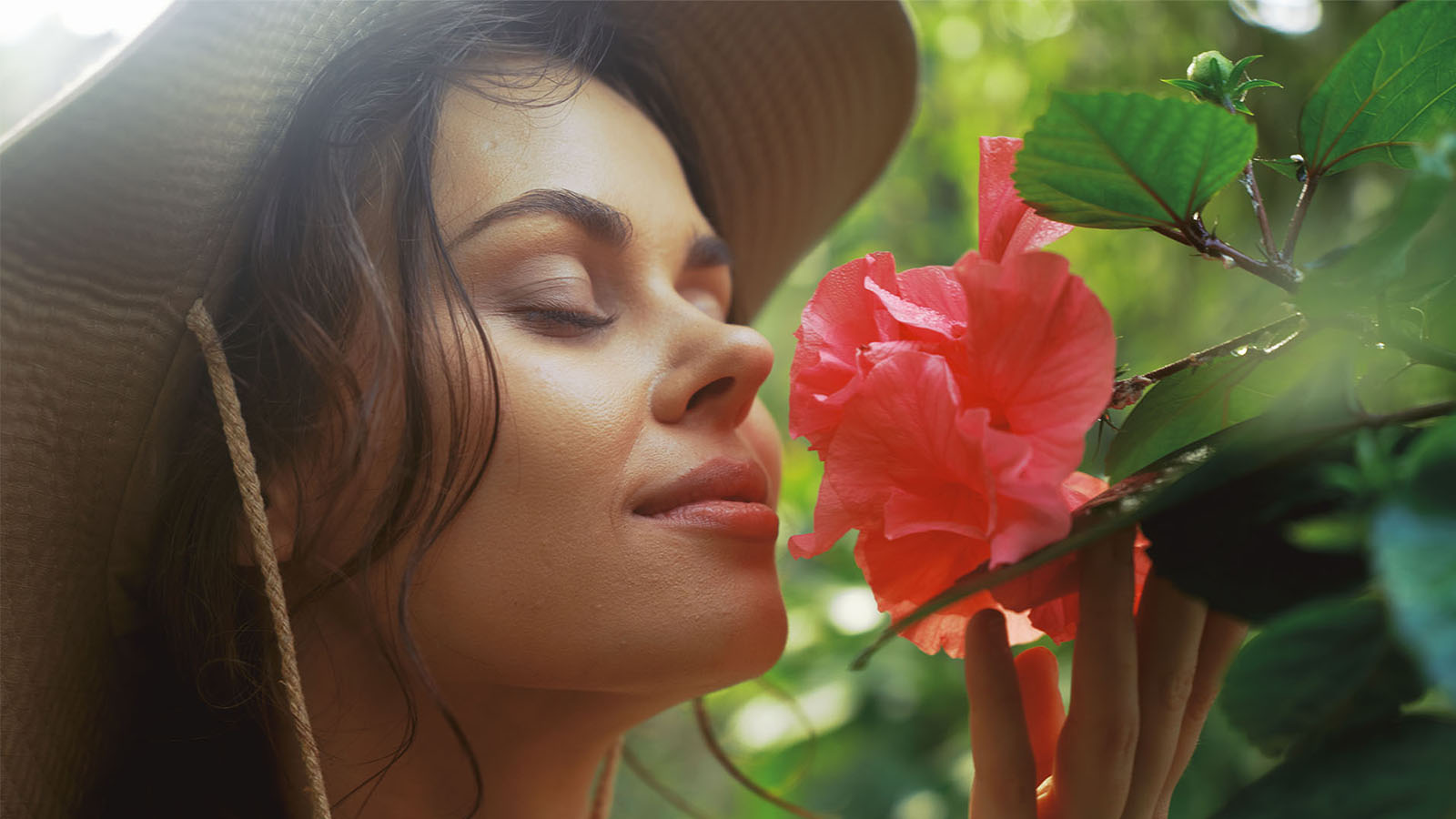

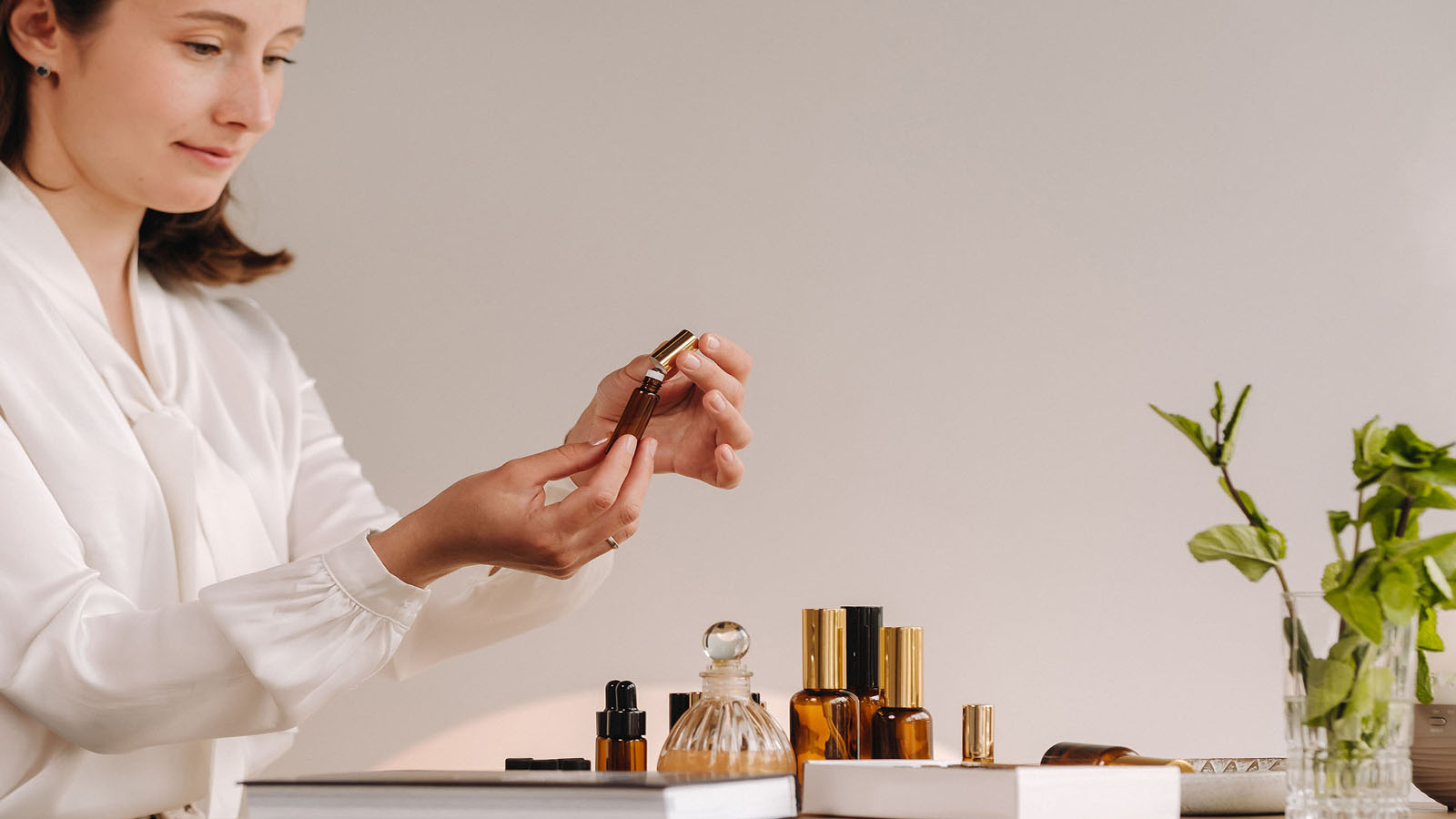




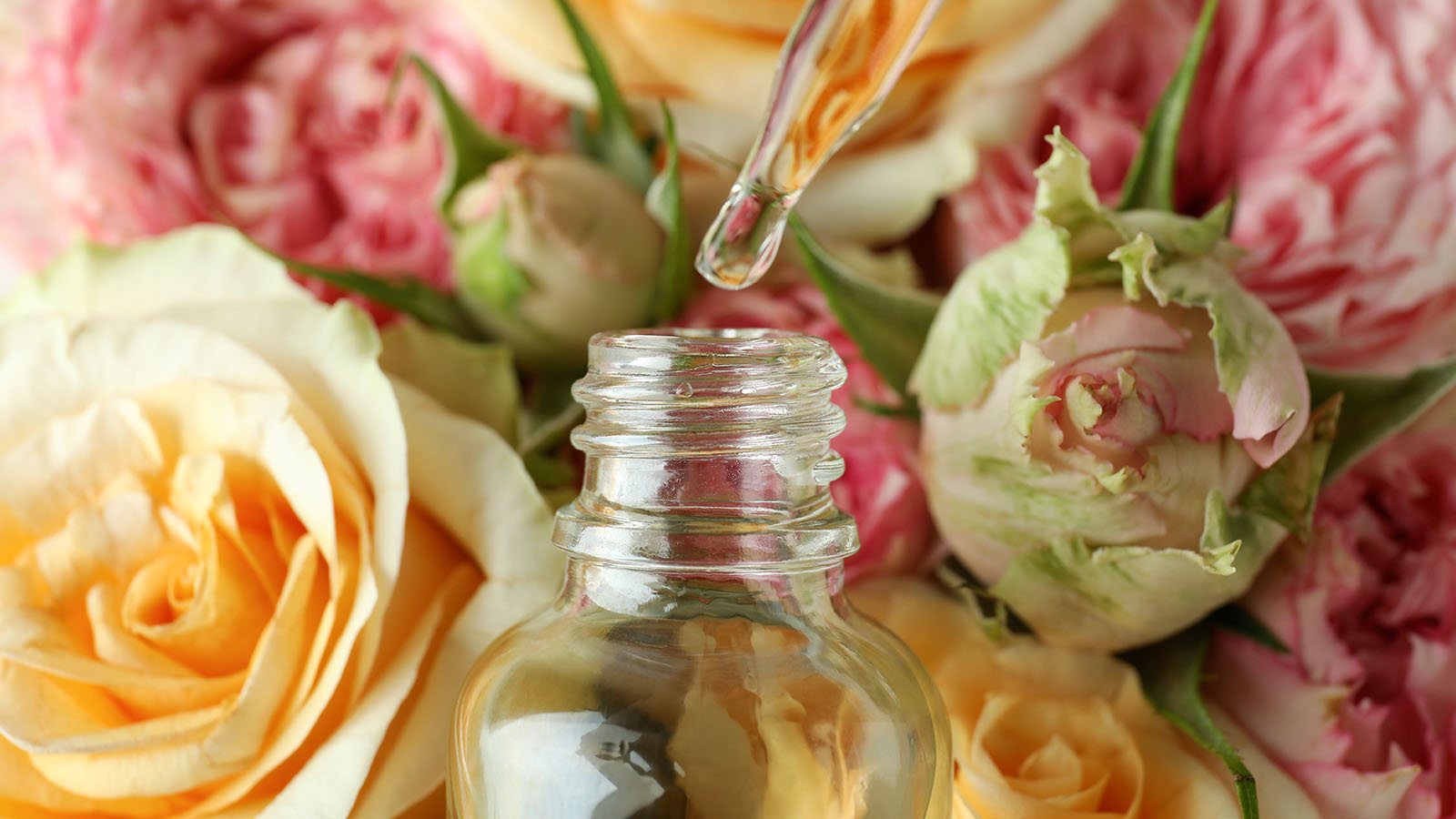
Share:
Essential Oils vs. Diffuser Oils
Scents and Memory Function